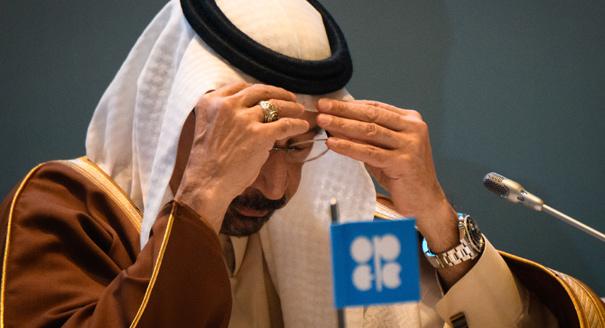A month after the OPEC+ deal collapsed, the major oil producers realized that they needed to reach an agreement on reducing their output. The main reason for this change of heart is the drastic decline in demand for oil, as businesses close and people go into lockdown across Europe due to the new coronavirus pandemic.
Demand for oil in April and May could be down by as much as 20 or 30 percent, while the overall decline in 2020 will be 5–7 percent, according to various estimates. This means that in six to eight weeks, storage facilities could be full, pushing oil prices even lower than the record lows seen recently, when the price of Urals crude fell to about $10 a barrel.
There is a notable delay between any decision to limit production and an actual decrease in output, so the countries involved had to decide fast on coordinating their actions. Oil prices at a twenty-year low and a dawning realization of the scale of the fall in demand helped all the key producers to see that any agreement is better right now than no agreement at all.
Under the new deal, countries are expected to reduce oil production in May and June by 15 million barrels a day, 10 of which will be accounted for by the OPEC+ countries, while the other 5 will be the result of actions by other countries, primarily the United States, Canada, and Norway.
Russia must reduce its crude output from 10.3 million barrels per day in March to 8.5 million in May and June (a 17.5 percent decrease), and then keep production at 8.9 million barrels per day until the end of the year. In doing so, it will account for 18 percent of OPEC+’s total contribution to the reduction: the same share it took on in previous output reduction agreements with OPEC. Saudi Arabia must also reduce its output to 8.5 million barrels per day, so it can hardly be said that the terms are in any way unfair to Russia.
Moscow’s withdrawal from the earlier OPEC talks on March 6 weakened its negotiating position, and inflicted losses on the federal budget due to the collapse in oil prices. In just a few weeks, it became clear that the Russian government wasn’t prepared for such a steep drop in oil and gas revenues. It also became obvious that anti-crisis measures to support the economy during the coronavirus pandemic would require significant state funds. Confronted by a choice between saving face and saving the economy, Russia chose the latter.
Russia’s production capacity is not, however, prepared for such a large and sudden decrease. Output there has not fallen by more than 10 percent since 1994. Oil companies will have to carry out an enormous amount of work at their deposits and change their entire treatment systems. They could have spent March in preparation. Instead, they will have to do all the work as a matter of emergency in April.
The main risk is that after being temporarily shut down, the oil wells may not be able to return to their previous operating capacity, or will require a major overhaul to do so. As a result, there may be irreversible production capacity losses, and some deposits may simply not be viable at current prices.
This is by no means inevitable, and much will depend on how well the oil companies prepare for the new regime. But more preparation time would have undeniably improved their chances of success.
The last month has shown that Russia is not ready for a price war with Saudi Arabia. There were many arguments after March 6 over whose position was stronger, with experts mainly pointing to financial indicators such as the size of gold and foreign currency reserves, and the degree of economic dependence on oil and gas revenues. All of this, however, would only have had any bearing in a prolonged pricing standoff.
Right now, the strength of each country’s negotiating position is determined by its technical ability to swiftly regulate the supply of oil on the global market. Saudi Arabia has been preparing for decades to be able to promptly alter its output, and is helped in this by its geological conditions: nearly all the kingdom’s output comes from a small number of large oil fields.
Saudi Arabia has for years invested in spare production capacity that can be brought into action if needed. The Saudi Arabian Oil Company also has large oil storage facilities to help strike a balance between exports and output.
Russia’s geological conditions are inherently worse than Saudi Arabia’s, but even measures that could have helped in the current standoff were not taken in advance. For example, Russia has very limited capacity for storing oil and petrochemicals, which means it is unable to fully balance current demand against production. It needs to offload virtually all the oil it produces.
After the oil crisis of 2014–2015, the Energy Ministry discussed the creation of strategic oil reserves and the construction of storage capacity, but no action was taken. Those steps, however, would have made it possible to solve the logistical problems that arise when technical hitches occur, such as when the Druzhba pipeline became contaminated last year. Storage facilities intended to help regulate production would also come in useful in the current situation. Generals are often accused of preparing to fight the last war, but some of them, it appears, don’t even do that.
